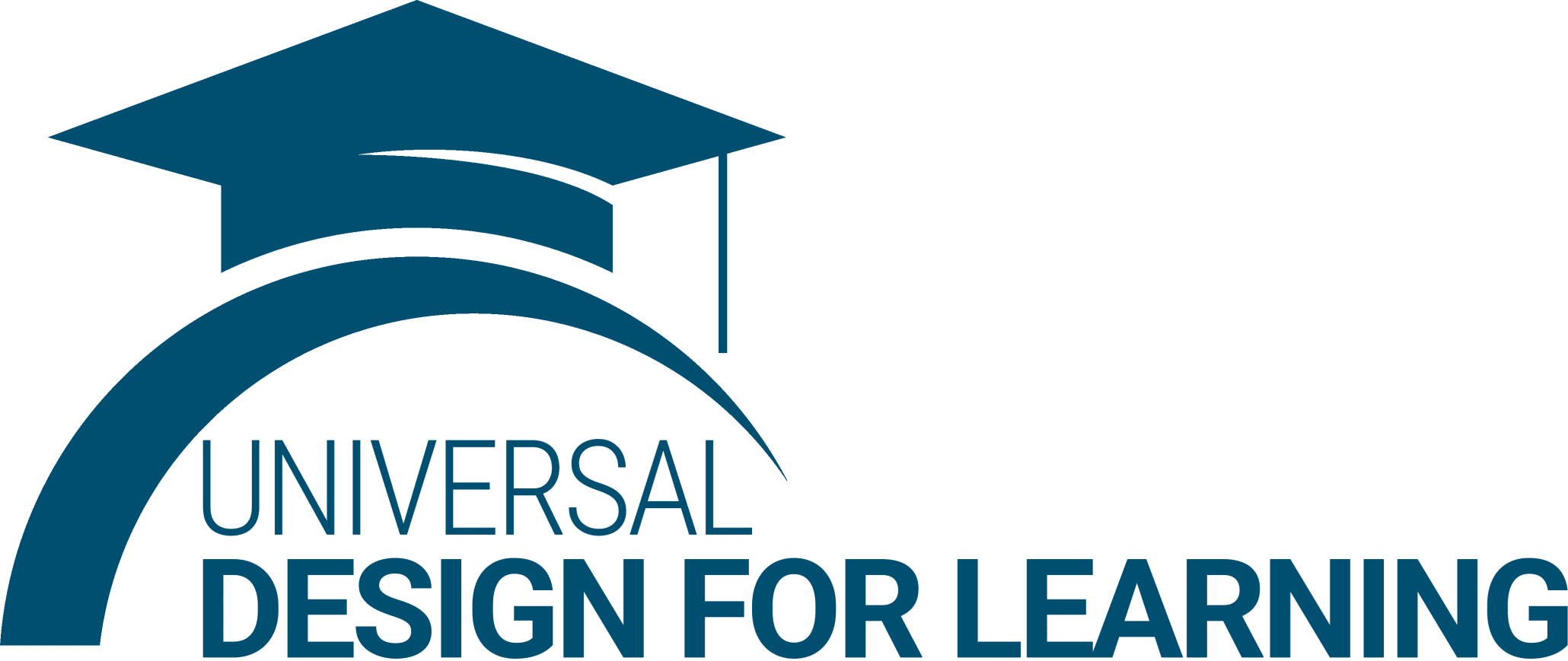The History of Universal Design for Learning
Universal Design for Learning, fondly known as UDL, didn’t just pop up overnight. Like all great things, it has a rich history and a tapestry of events that have shaped it.
Roots in Architecture
The idea behind UDL can be traced back to the world of architecture. It started with the concept of ‘Universal Design’, an approach to designing buildings and products usable by everyone, regardless of their abilities. This innovative thinking was about creating environments welcoming to all.
The Leap to Education
In the late 20th century, forward-thinking educators saw a parallel between these architectural principles and the world of learning. Why not create educational environments that cater to everyone too? Thus, the seeds of UDL were sown. Instead of designing learning for the average student, educators began developing methods to cater to a broad range of learners, from those who struggled to the gifted and talented.
CAST and UDL’s Formal Introduction
UDL got its formal framework in the 1980s thanks to the Center for Applied Special Technology (CAST). CAST realized that with the rise of digital media, there was a golden chance to design flexible educational materials. These materials would cater to individual learning needs, making education more inclusive than ever before. By the 1990s, CAST released the first official UDL guidelines, creating a clear path for educators worldwide.
A Growing Movement
With the turn of the century, UDL’s popularity surged. Schools, colleges, and institutions worldwide began to adopt UDL principles, witnessing transformative results. The approach allowed students to engage with content in diverse ways, expressing understanding differently, and truly tapping into their potential. Today, UDL stands tall as a testimony to what’s possible when we prioritize inclusivity in education.
The Future of UDL
As we journey forward, the horizons of UDL continue to expand. With technology’s aid and a global community of passionate educators, UDL’s principles are being refined, expanded, and implemented in innovative ways. At U-DL, we’re excited to be part of this journey, championing a future where every learner, everywhere, feels seen, heard, and empowered.
